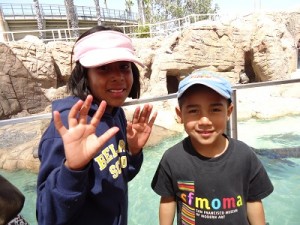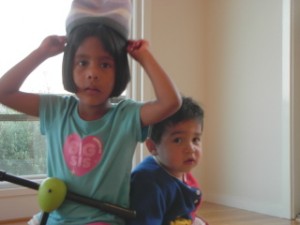The merry month of May is upon us, which means it’s time for my annual plug for skin cancer awareness. I happen to be one of those very pale people whose skin blisters and sizzles with minimal sun exposure. I don’t step outside the house without sunglasses and a hat. Long sleeves? In a hundred degree weather, I wear ’em. Behind the wheel of a car, as soon as I buckle my seatbelt, I pull on driving gloves. Not because I fancy myself a superb driver, but because on the rare occasions when I don’t, half-a-dozen new freckles appear on the backs of my hands.
May is Skin Cancer Awareness Month, a joint venture of the American Academy of Dermatology and the American Cancer Society. New research suggests that up to 3 million Americans will be diagnosed with skin cancer this year.
The most serious form, malignant melanoma, will kill about 8,420 people. Fortunately, malignant melanoma, like most skin cancers, can be cured if detected early.
Fifty percent of fair-skinned Caucasians will develop skin cancer in their lifetime. Asians, Hispanics, Latinos, and African-Americans can also develop skin cancer. Sun damage begins in childhood and is cumulative. As parents, we can be proactive for our children by following the American Academy of Dermatology guidelines:
- Seek shade
- Wear protective clothing
- Use sunscreen

The sun’s most damaging rays are present in the middle of the day, when our children are at school. Parents can work with schools by asking that health education programs include information on skin cancer awareness and protection. Parents can also make sure that shade structures are in place for lunch and outdoor activities.
My family wears sunscreen 365 days a year. We also wear hats. For stylish designs that offer excellent protection, check out Wallaroo Hat Company; Solumbra; and Coolibar.
Finally, with increased sun exposure, dry white spots commonly found on the face, known as pityriasis alba, become more pronounced, especially on darker skin. Sunscreen helps keep skin tone even, and minimizes the contrast.
The skin is the body’s largest organ. Please protect it.




 ShareThis
ShareThis


